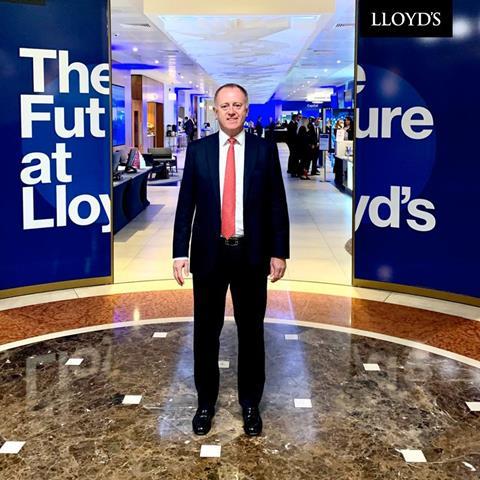Lloyd’s reveals Blueprint Two priorities, including the use of AI to streamline costs
Lloyd’s has revealed it is to put artificial intelligence (AI) and data at the heart of the future market after it unveiled the second stage of its blueprint for the future.
In launching the Blueprint Two report, Lloyd’s chairman Bruce Carnegie-Brown said the impact of the Covid-19 pandemic, which has led to a shift towards remote working, had hastened the market’s ambitions.
“The pandemic has demonstrated that Lloyd’s can adapt in a fast-changing environment and this has only increased our hunger to get on and make further change happen,” explained Carnegie-Brown.
“As a market, we have the appetite and energy to execute on our plans for the future and in doing so, we have the makings of real, transformational change. Blueprint Two is our road map to get there and I’m confident that together we can make it happen.”
At the heart of the second stage of the blueprint is the use of data and AI to reduce frictional costs.
Lloyd’s said the plan was to implement approved, clear data standards that will support the next generation of placement platforms and solutions at Lloyd’s. It will also speed up claims payment via the use of automated claims recognition, routing and orchestration.
A new Lloyd’s marketplace gateway and super-fast processing capability will be created - this has been designed to allow cover to be evidenced and issued in minutes while simultaneously creating technical accounting records.
The issue of standards has been a thorny subject for many years, with the London Market and Lloyd’s having struggled to agree a set of data standards that allows the seamless use of a variety of underwriter and broker IT systems.
London and International Insurance Brokers Association (LIIBA) chief executive Christopher Croft said he welcomed the launch of the blueprint and the aims within it.
“This is an ambitious set of proposals that could deliver a significant reduction in the cost base of London carriers,” he explained. “It is the single largest contributor to the cost of doing business here. From a broking perspective, this can only reinforce why risks should come to London.”
However, he issued a clear warning that if Lloyd’s sought to drive change in isolation, the chances of success were slim.
“For us to be the market we all aspire to, we must ensure the enthusiastic engagement of all sectors of the market, and especially the company market,” Croft explained.
“Lloyd’s developing services just for its own use would be a backward, not forward, step. Most business in London is placed across both Lloyd’s and company markets so a single set of processes for both is vital. It is called ’Future at Lloyd’s’ but unless it is ’Future at London’ we will have failed.”













































No comments yet